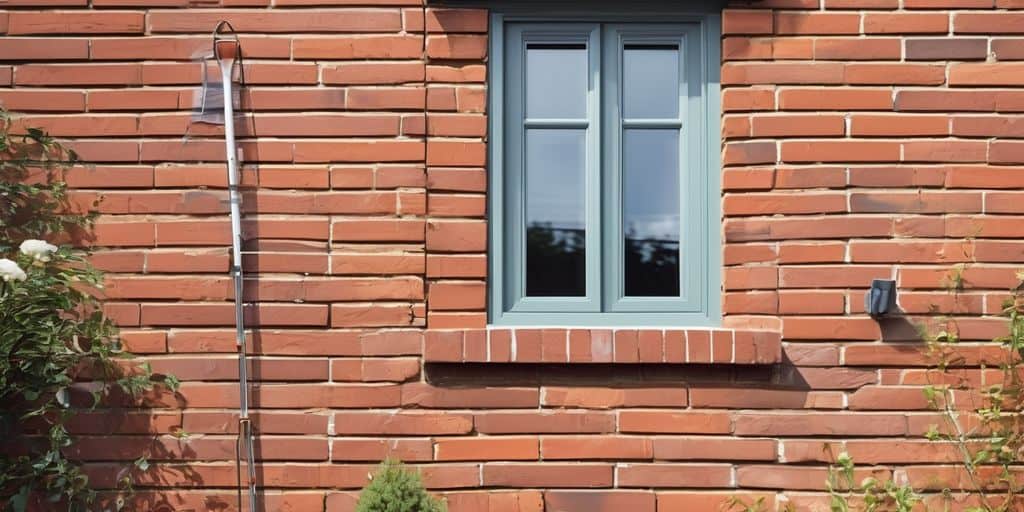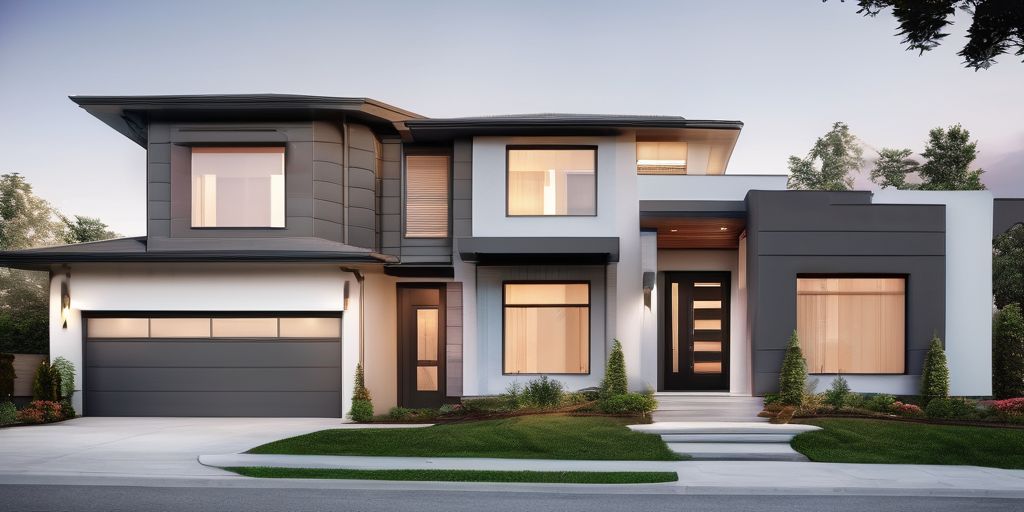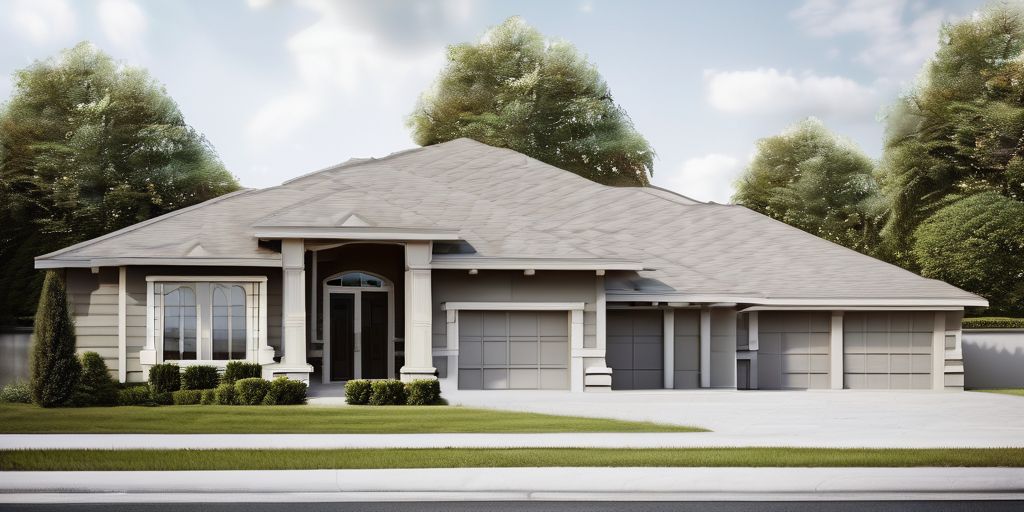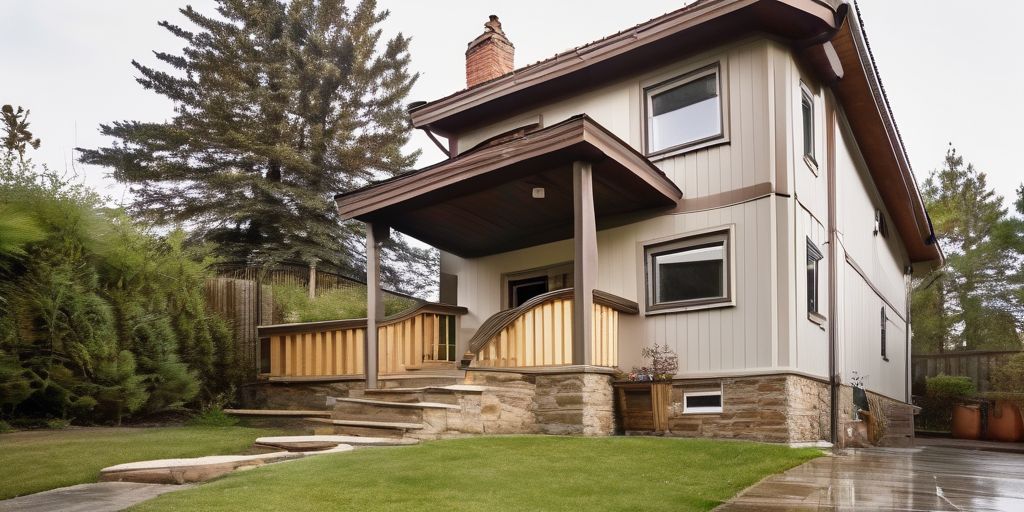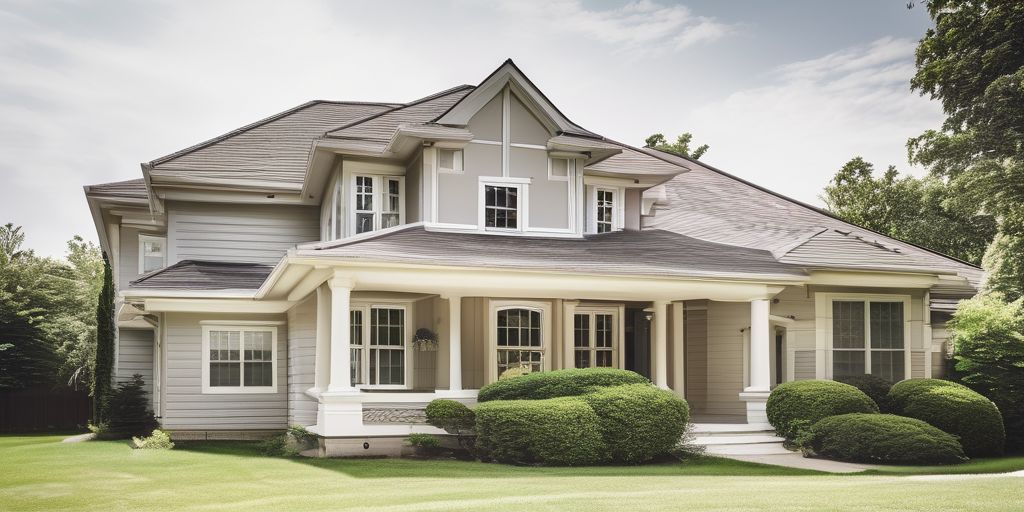In the picturesque city of Hamilton, painting brick homes is an art that requires not just aesthetic consideration but also a keen understanding of moisture challenges and historical aesthetics. With over three decades of experience in working with historic and heritage properties, this article delves into the complexities of restoring Hamilton homes with exterior brickwork painting. From choosing the right materials to addressing moisture issues and matching historical aesthetics, we provide a comprehensive guide for homeowners and professionals alike.
Key Takeaways
- Understanding the importance of exterior brickwork painting can significantly enhance the longevity and aesthetic appeal of Hamilton homes.
- Choosing the right materials, such as high-quality masonry paint and lime mortar, is crucial for preserving the integrity of historic properties.
- Addressing moisture issues effectively is essential to prevent long-term damage to brick structures.
- Matching paint colors with Hamilton’s historical aesthetics helps maintain the city’s unique architectural heritage.
- Professional services can offer expertise and efficiency, but DIY enthusiasts should be aware of the challenges and safety considerations involved in brick painting.
Understanding the Importance of Exterior Brickwork Painting
Painting the exterior brickwork of your home is more than just an aesthetic choice; it plays a crucial role in maintaining the integrity and value of your property. A freshly painted brick exterior can significantly boost your home’s curb appeal and resale value. Moreover, it provides a protective layer against debris and seasonal weather changes, making your exterior walls easier to clean and maintain over time.
Choosing the Right Materials for Brick Painting
Selecting the appropriate materials for painting brick exteriors is crucial for both the longevity and appearance of your home. This section will guide you through the essentials of choosing the right masonry paint, understanding the importance of lime mortar, and gathering the necessary tools and equipment.
Addressing Moisture Issues in Hamilton Homes
Moisture damage can manifest in various forms, and it’s essential to address these signs promptly. For instance, a leaning chimney in Hamilton’s historic neighborhoods could be a telltale sign of underlying moisture problems affecting the structure’s stability.
Identifying Moisture Problems
Understanding moisture challenges in brick houses is crucial for long-term preservation, especially given the impact of weather extremes in Hamilton. Common signs of moisture issues include:
- Efflorescence (white, powdery deposits on brick surfaces)
- Spalling (brick surface flaking or breaking off)
- Mold or mildew growth
- Cracks in the mortar or bricks
Effective Moisture Control Techniques
To manage moisture effectively, homeowners can implement several strategies:
- Sealing bricks: Applying a high-quality sealant can help prevent water penetration.
- Ensuring proper drainage: Make sure gutters and downspouts direct water away from the foundation.
- Routine cleaning: Regularly clean brick surfaces to remove dirt and debris that can trap moisture.
- Timely repairs: Address minor issues promptly to prevent them from escalating.
It is crucial to monitor the condition of brickwork regularly, especially after severe weather events, to identify any potential issues early on.
Protective Measures for Painted Brick
Once the brickwork is painted, additional protective measures can help maintain its appearance and integrity:
- Reapply sealant periodically to maintain a moisture barrier.
- Inspect painted surfaces for signs of wear or damage and touch up as needed.
- Avoid using harsh chemicals or pressure washing, which can damage the paint and underlying brick.
Understanding the specific challenges in Hamilton, such as the impact of lake-effect snow from nearby Lake Ontario, can help homeowners prepare and protect their properties. Proactive measures include sealing bricks, ensuring proper drainage, and timely repairs to prevent minor issues from escalating.
Matching Paint with Hamilton’s Historical Aesthetics
Hamilton’s rich history is reflected in its diverse architectural styles, from Georgian to Victorian homes. When painting exterior brickwork, it’s essential to consider the historical context to maintain the city’s unique charm. Choosing the right color palette can make a significant difference in preserving the heritage feel of your home.
Color Selection for Heritage Homes
Selecting colors for heritage homes involves more than just personal preference. It’s about respecting the architectural period and the surrounding environment. Here are some tips:
- Research historical color palettes specific to Hamilton.
- Consider the materials already in place, such as roofing and trim.
- Use muted, earthy tones that were popular in the era your home was built.
Blending Modern and Traditional Styles
Blending modern and traditional styles can be a delicate balance. To achieve this:
- Choose a base color that reflects the historical period.
- Incorporate modern accents through trim or doors.
- Ensure the overall look is cohesive and not too contrasting.
Case Studies of Successful Projects
Examining successful projects can provide inspiration and practical insights. Look for examples where homeowners have harmonized their personal taste with Hamilton’s historical aesthetics. This approach not only enhances the beauty of the home but also contributes to the neighborhood’s overall appeal.
In Hamilton, the historical charm of areas like the Durand neighborhood can be preserved through thoughtful color selection and blending of styles.
Step-by-Step Guide to Painting Exterior Brickwork
Painting exterior brickwork can transform the look of your home while providing protection against the elements. Follow these steps to ensure a successful project.
Preparation and Cleaning
Properly preparing brick surfaces for painting is a multi-step process:
- Sweep the surface of the bricks to remove any dirt, dust, or debris.
- Clean the bricks thoroughly with soap and water, using a sponge or brush lightly to avoid damaging the surface.
- Wait for the surface to dry completely before proceeding.
Application Techniques
When it comes to applying paint to brickwork, consider these techniques:
- Start by painting the grout lines with a medium-sized paintbrush.
- Use a rolling paintbrush to cover the flat surfaces of the bricks.
- Apply multiple thin coats rather than one thick coat for a more even finish.
Post-Painting Care and Inspection
After painting, it’s important to maintain the brickwork to ensure its longevity:
- Conduct quarterly inspections to check for any signs of wear or damage.
- Perform annual cleaning to keep the surface looking fresh.
- Make immediate repairs to any damaged areas to prevent further deterioration.
Proper preparation and maintenance are key to achieving a beautiful and durable finish for your exterior brickwork.
Professional Services for Brick Restoration in Hamilton
Evaluating Service Providers
When selecting a service provider for brick restoration, it’s essential to consider several factors:
- Experience: Look for companies with a proven track record in brick restoration.
- Reputation: Check reviews and testimonials from previous clients.
- Services Offered: Ensure they provide a comprehensive range of services, including brick repair, repointing, and cleaning.
- Certifications: Verify if the company holds any relevant certifications or memberships in professional organizations.
- Cost Estimates: Obtain detailed quotes to compare pricing and services.
Cost Considerations
The cost of brick restoration can vary widely based on several factors:
| Factor | Impact on Cost |
|---|---|
| Extent of Damage | More damage typically means higher costs |
| Type of Services | Specialized services may cost more |
| Materials Used | High-quality materials can increase costs |
| Labor Rates | Varies by provider and region |
It’s important to get multiple quotes and understand what each includes to make an informed decision.
Customer Testimonials
Reading customer testimonials can provide valuable insights into the quality of service you can expect. Look for feedback on:
- Timeliness: Did the project complete on schedule?
- Quality of Work: Were the repairs and restorations done to a high standard?
- Communication: Was the service provider responsive and clear in their communication?
- Cleanliness: Did they leave the site clean and tidy?
Choosing the right service provider can make a significant difference in the longevity and appearance of your brickwork. Take the time to research and select a company that meets your needs and budget.
By carefully evaluating service providers, considering cost factors, and reading customer testimonials, you can ensure your brick restoration project in Hamilton is a success.
DIY vs Professional Brick Painting
Pros and Cons of DIY
Taking on a DIY brick painting project can be a rewarding experience. Here are some pros and cons to consider:
Pros:
- Cost Savings: DIY projects can be more affordable as you save on labor costs.
- Personal Satisfaction: Completing a project yourself can be very fulfilling.
- Flexibility: You can work on your own schedule.
Cons:
- Time-Consuming: Painting brick can be a lengthy process, especially for beginners.
- Skill Level: Even the most in-depth tutorials can’t equate to years of on-the-job experience a professional brings.
- Quality: The finish might not be as durable or attractive as a professional job.
When to Hire a Professional
Hiring a professional can be beneficial in many situations. Consider hiring a pro if:
- Complex Projects: The project involves intricate details or large areas.
- Time Constraints: You need the job done quickly and efficiently.
- Quality Assurance: You want a high-quality, long-lasting finish.
Safety Tips for DIY Enthusiasts
If you decide to go the DIY route, keep these safety tips in mind:
- Protective Gear: Always wear gloves, masks, and safety glasses.
- Proper Ventilation: Ensure the area is well-ventilated to avoid inhaling fumes.
- Ladder Safety: Use a sturdy ladder and follow safety guidelines.
Important: Combining spray and brush techniques ensures a durable and attractive finish, maximizing the efficiency and quality of your exterior paint job.
When it comes to brick painting, should you go the DIY route or hire a professional? While DIY can be tempting for its cost savings, professional brick painting ensures a flawless finish and long-lasting results. Our team of experts is ready to transform your home with top-notch brick painting services. Visit our website to learn more and get a free estimate today!
Conclusion
In conclusion, restoring Hamilton homes with exterior brickwork painting is a meticulous process that combines aesthetic appeal with functional integrity. Addressing moisture issues, selecting the right materials, and employing expert techniques are essential to preserving the unique characteristics of brick structures, especially in historic and heritage properties. Whether it’s power washing, thorough painting, or repairing damaged areas, each step is crucial to achieving a durable and beautiful finish. By understanding and respecting the nuances of brickwork, homeowners can ensure their homes not only look stunning but also stand the test of time.
Frequently Asked Questions
What are the benefits of painting brick exteriors?
Painting brick exteriors can enhance the curb appeal of your home, provide a protective barrier against moisture, and increase the longevity of the brickwork.
What challenges should I be aware of when painting brick?
Common challenges include dealing with moisture issues, ensuring proper adhesion of the paint, and selecting the right type of paint and materials to preserve the brick’s integrity.
How do I choose the right masonry paint for my brick home?
Choose a high-quality masonry paint that is specifically designed for brick surfaces. Look for options that offer moisture resistance and are suitable for exterior use, like BEHR’s masonry paint.
Why is lime mortar important for heritage properties?
Lime mortar is essential for heritage properties because it is breathable and flexible, allowing the brickwork to expand and contract without cracking. This helps preserve the structural integrity of older buildings.
What steps are involved in preparing brickwork for painting?
Preparation includes cleaning the brick surface, repairing any damaged areas, and ensuring the brick is dry and free of contaminants. Power washing is often the first step in this process.
Should I hire a professional or attempt DIY brick painting?
While DIY brick painting can be cost-effective, hiring a professional ensures that the job is done correctly and efficiently. Professionals have the experience, tools, and knowledge to handle any challenges that may arise.

